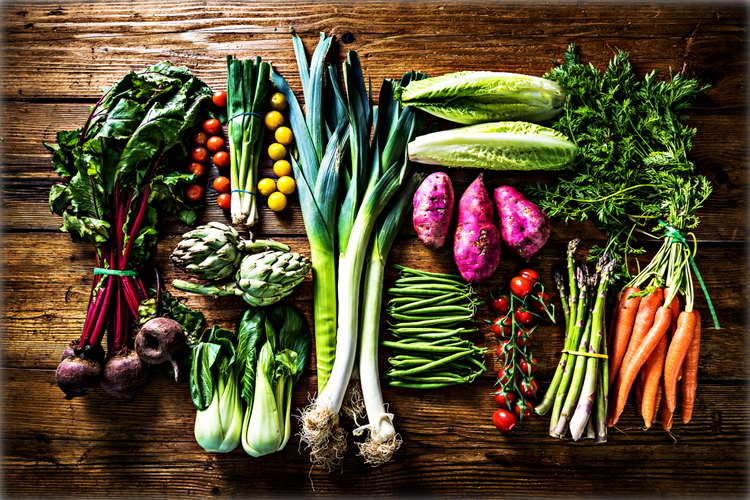If you've ever grown a garden, you know that the weather plays a critical role in plant growth and development. Too much rain, too little sun, or temperature fluctuations can all impact the success of your crop. That's where Growing Degree Days (GDD) come in - a measurement that can help you predict plant growth and development based on temperature.
What are Growing Degree Days?
Growing Degree Days are a unit of measurement used to calculate the amount of heat energy available for plant growth and development. Specifically, GDD measures the number of degrees above a base temperature that a plant is exposed to over a certain period of time. The base temperature is the minimum temperature at which a plant can grow, which is typically around 50°F (10°C) for most plants.
To calculate GDD, you take the daily average temperature and subtract the base temperature. If the average temperature is above the base temperature, that day's GDD is equal to the difference between the two temperatures. If the average temperature is lower than the base temperature, then the GDD value for the day is zero. The daily GDD values can then be added together to give you the accumulated GDD for a certain period of time, such as a week or a growing season.
Why are Growing Degree Days Important?
GDD can be a useful tool for farmers, gardeners, and researchers to predict plant growth and development, and make informed decisions about when to plant, fertilize, and harvest their crops. Here are a few key reasons why GDD is important:
Predicting Plant Growth and Development
Different plants have different requirements for temperature and light, and GDD can help you estimate when a plant will reach certain developmental stages, such as flowering or fruiting. For example, tomatoes typically require around 1,200-1,800 GDD to reach maturity, depending on the variety. By tracking the accumulated GDD throughout the growing season, you can estimate when your tomatoes will be ready to harvest and plan your other planting and harvesting activities accordingly.
Comparing Growing Conditions
GDD can also be used to compare growing conditions across different regions or years. By calculating the accumulated GDD for a certain period of time in different locations, you can get a sense of how much heat energy was available for plant growth and development. This can be especially useful for researchers studying the effects of climate change on plant growth and agriculture.
Maximizing Yield Potential
Finally, GDD can help you maximize the yield potential of your crops by optimizing planting and harvesting schedules. For example, if you know that a certain crop requires a certain amount of GDD to reach maturity, you can time your planting to coincide with the start of the growing season and plan your harvest accordingly. This can help you get the most out of your crops and minimize waste.
How to Calculate Growing Degree Days
To calculate GDD, you'll need to know the base temperature for the plant you're interested in, as well as the daily high and low temperatures. Here's a step-by-step guide:
Determine the base temperature for your plant. It will be the minimum temperature at which your plant can grow. For most plants, the base temperature is around 50°F (10°C).
Calculate the daily average temperature. Add the high and low temperatures for the day and divide by 2.
Determine the daily GDD value. Subtract the base temperature from the daily average temperature. If the result is less than zero, set the daily GDD value to zero.
Calculate the accumulated GDD. Add up the daily GDD values for a certain period of time, such as a week or a growing season.
Use GDD for Optimal Plant Development
Growing Degree Days is a valuable tool for farmers, gardeners, and researchers alike to predict and track plant growth and development based on temperature. By calculating the accumulated GDD over a certain period of time, you can estimate when plants will reach certain developmental stages and optimize planting and harvesting schedules. With the help of GDD, you can get the most out of your crops and minimize waste.
